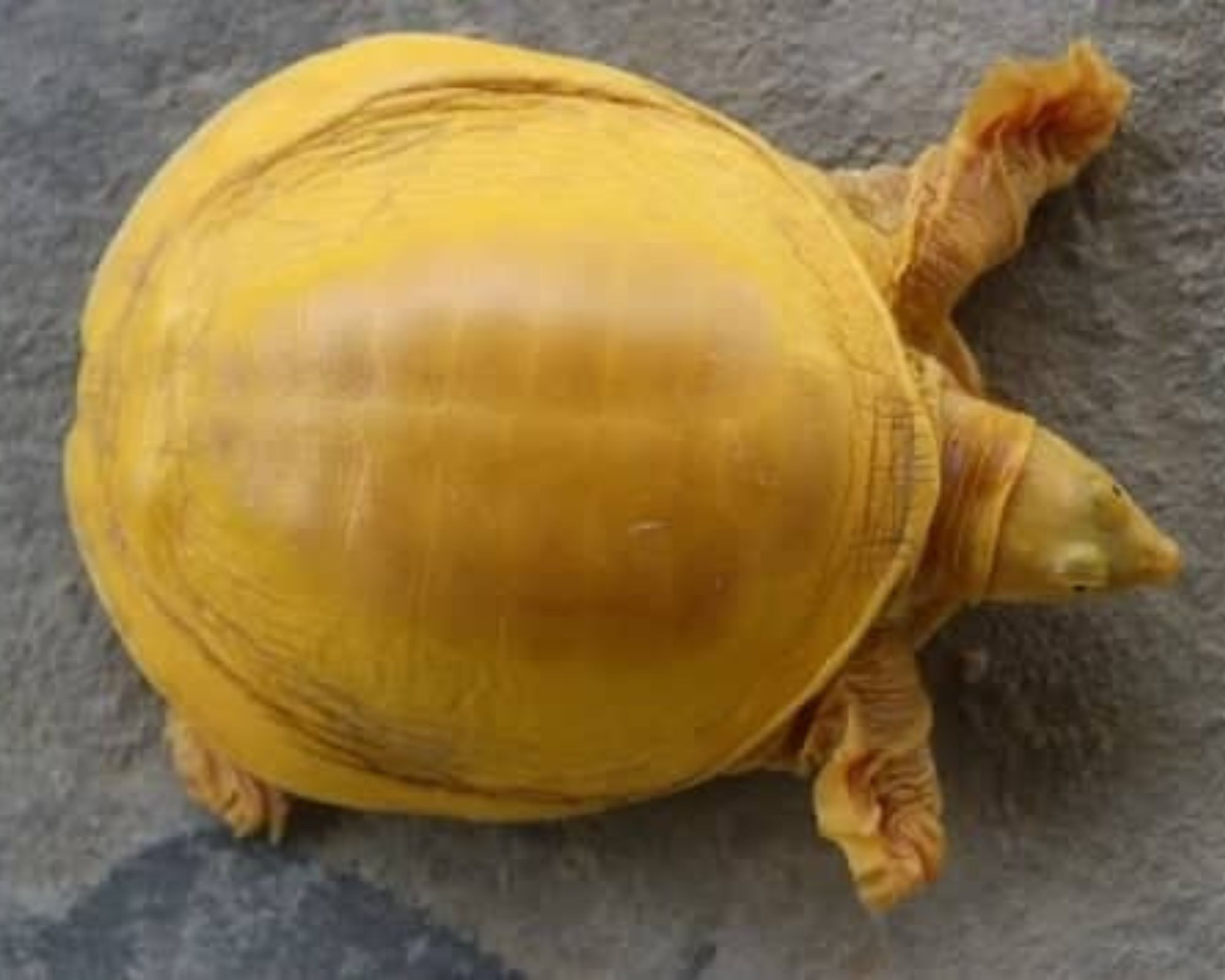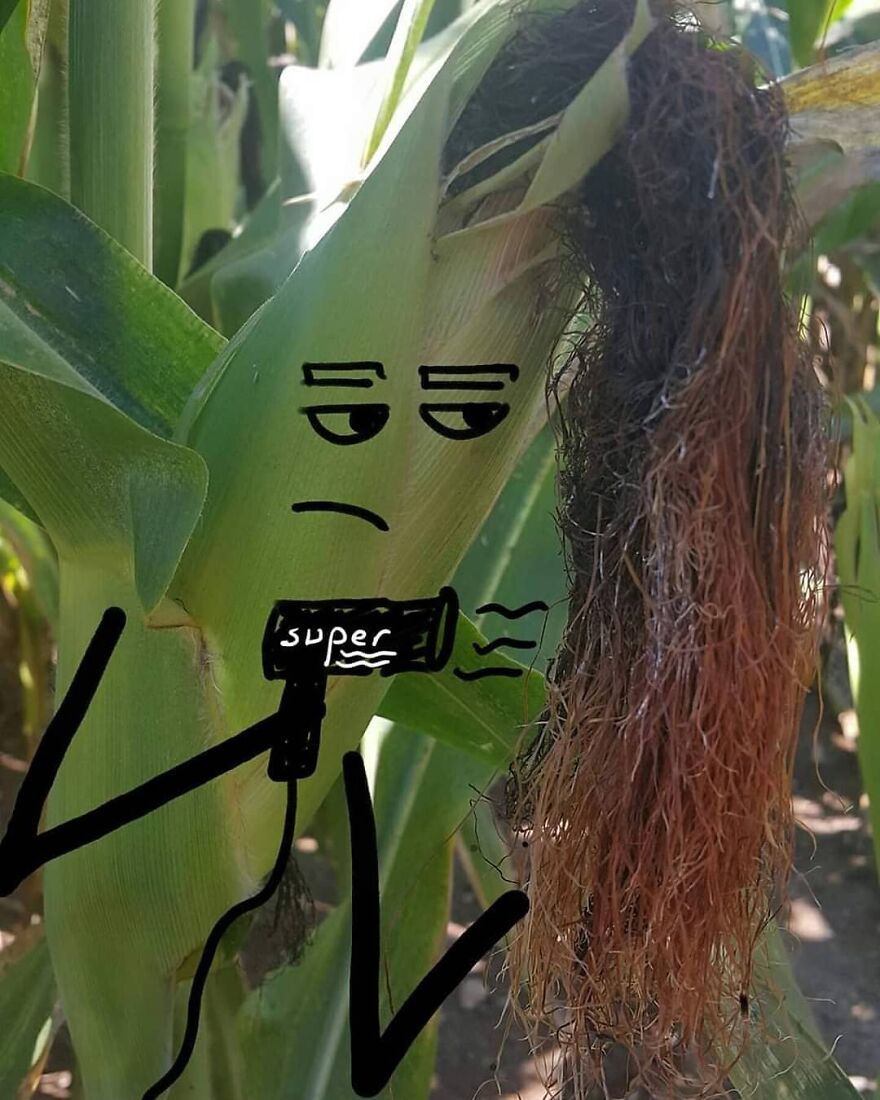In October, a brilliant yellow turtle was lost in a fisherman’s net in West Bengal, India. Shailendra Singh, director of the Indian branch of the Turtle Survival Alliance, told The Times of India that the turtle caused a stir when it was discovered because it lacked the green coloring typical of the species due to a genetic abnormality.
Online commenters compared the rescued turtle to melting cheese. Local locals in Odisha also discovered a yellow turtle and given to the forest service not too long ago. This is the second time this uncommon freshwater species has been observed in India.
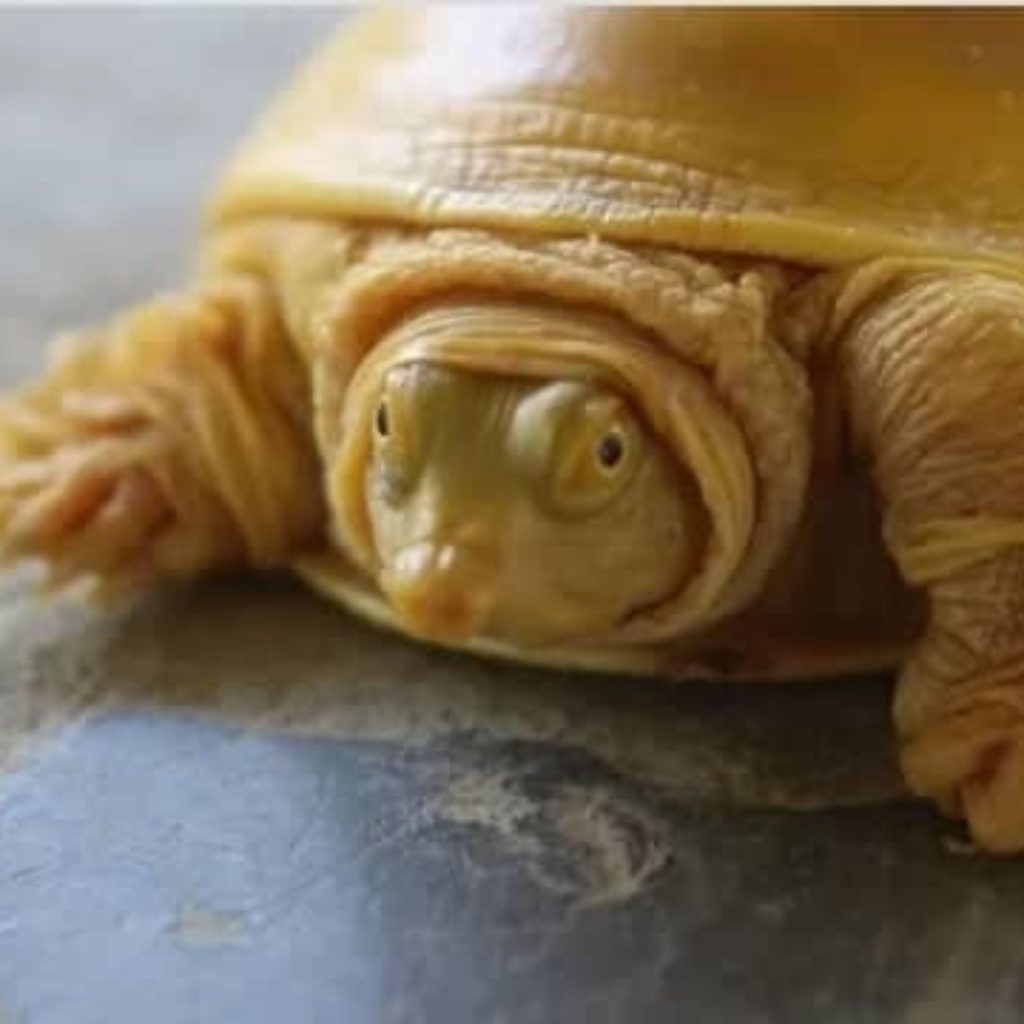
Pakistan, Sri Lanka, India, Nepal, Bangladesh, and Myanmar are just some places in South Asia where you’re likely to come across the Indian flap shell turtle.
Sneha Dharwadkar, a wildlife researcher, speculates that the turtle’s unusual yellow colour is caused by a deficiency of tyrosine, a pigment typically found in reptiles in high concentrations. The absence of tyrosine is probably due to a genetic mutation or a congenital condition. The Indian flap shell turtle is a small reptile that feeds on frogs, snails, and aquatic vegetation. Its average size is 9 to 14 inches (22 to 35 centimetres).
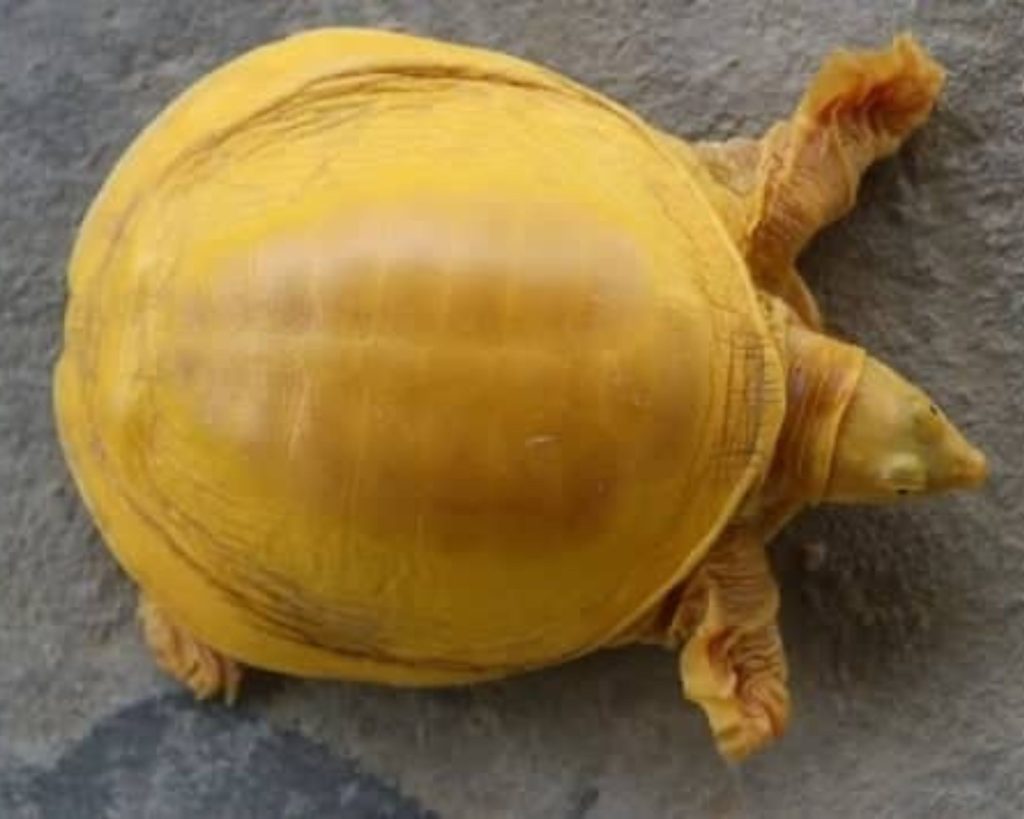
This is the second time the endangered yellow turtle species has been spotted. The first one occurred in July in the Indian state of Odisha. Volunteers who work with animals discovered a green albino turtle on a beach in Australia in 2016. It should not be surprising that the discovery of this unique yellow turtle has generated a lot of discussion on social media, with individuals likening the creature to melted cheese, Moon Pies, and egg yolks, among other things. Some of my favorite replies are as follows:
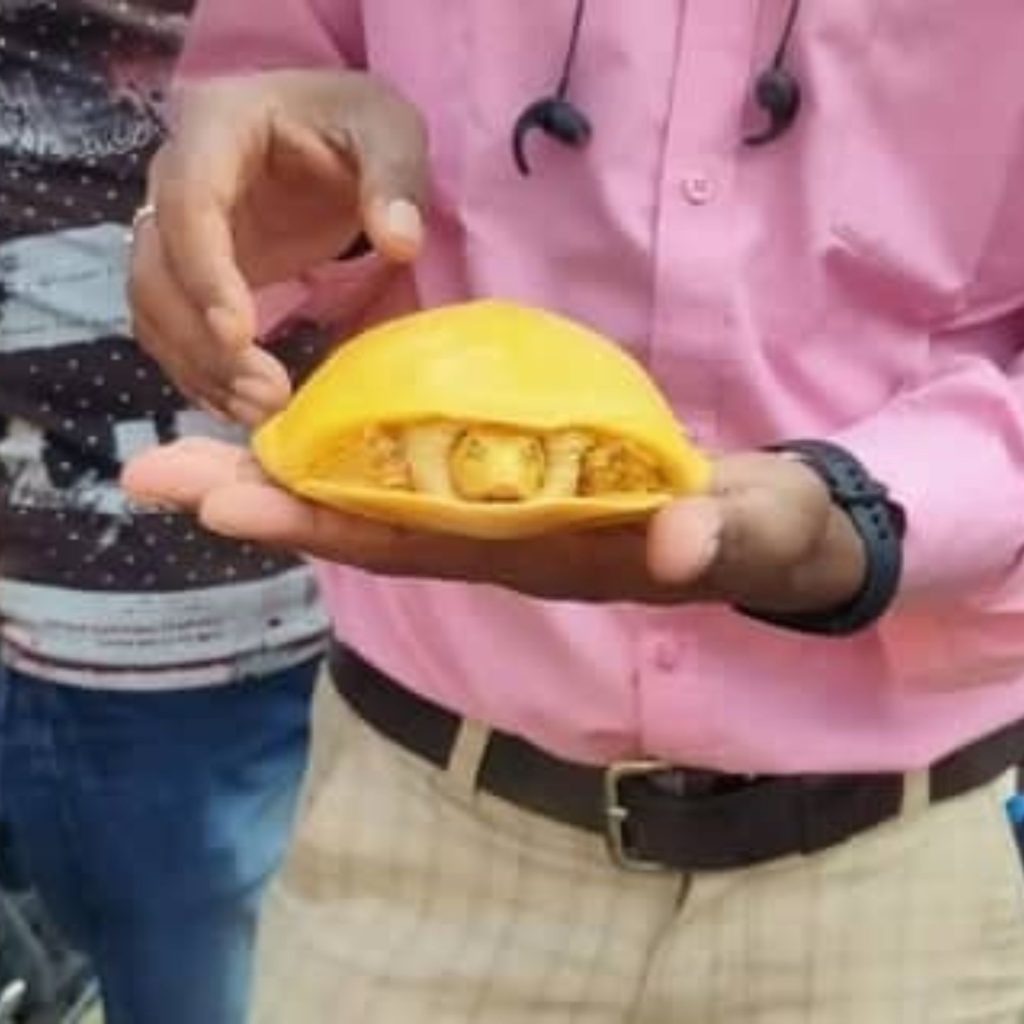



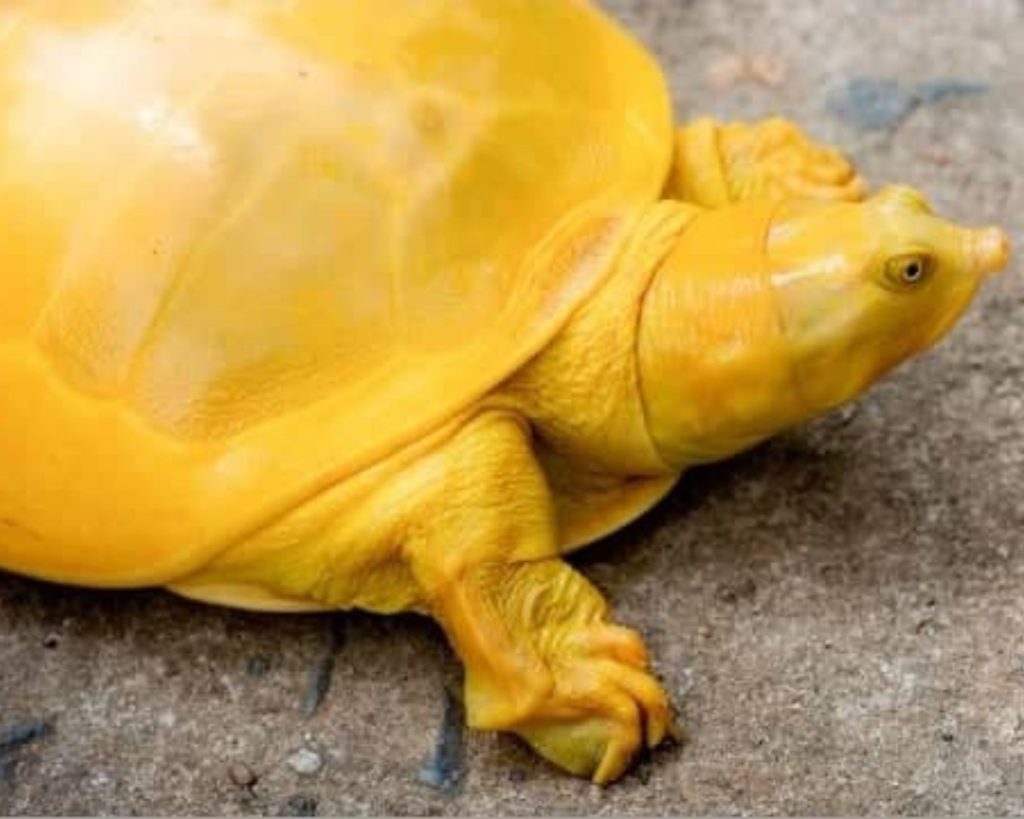
Could you go and check my other article also?

